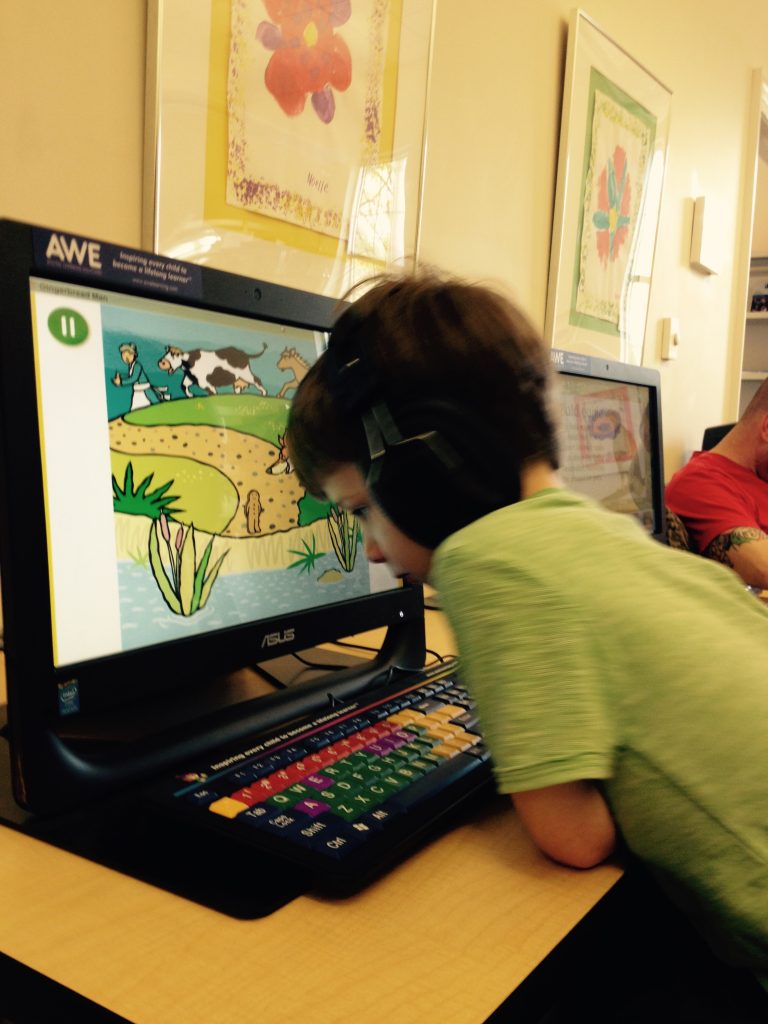Stimulation with the use of technology at home and in school is a concern of parents and educators. Our children are viewing various screens on tablets, computers and smart phones. This over viewing can cause overstimulation. Unfortunately, the impact on our children hasn’t been determined as of yet. With the age of technology still growing, we can’t say if the extensive immersion causes lasting harm to our children.
Before the growth of technology, both children and adults used different methods of getting information. Thus, they used different parts of the brain. In reading a book, the brain processes differently than when we see a movie. Even playing a game is processed differently. But now, these experiences are viewed and processed through the same medium.
Stimulation From Screens
Today, screens play a large part in our children’s lives. Screens are in the classrooms and at home. Students complete homework on the computer or iPad. They communicate with friends and classmates through smartphones. They watch moves or play games on screens.
The journal Computers in Human Behavior conducted a study consisting of sixth-graders who had no exposure to technology for five days. It was found that they were significantly better at reading human emotions than the children that had regular access to various screen information.
Good Stimulation
Other studies indicate that exposure to rapid image changes are harmful to young children. In addition, they found that some cognitive stimulation is helpful. Cognitive stimulation is what makes children less likely to develop inattention difficulties later in school.
What children watch is key. Understand what is positive and what causes inattention. A program that continuously changes scenes causes overstimulation. Slower programs with real narratives are more calming and cognitively stimulating.
Today, technology is a double edged sword. On one end, there are more apps than children can ever use. On the other, there are apps that teach math, science, reading, etc. when a student need extra help.
The Pit Falls
Don’t let children miss personal interactions in the real world. These interactions are essential for physical and mental growth.
Creative thought and daydreaming is another component for mental growth. Children need to let their minds wonder and relax so the brain can process information.
With so much technology, our children need a break from the overstimulation of the brain. Relaxation is important. For every minute of technology, there should be five minutes of something else – socializing, playing with a toy, or participating in an activity. In teens, technology is more important. The time spent away from screens is opposite as that of the 1:5 ratio for younger children.
All in all, don’t ban the use of technology altogether. Keeping a healthy limit and plan a variety of other events will help students grow with a knowledge of how to keep their minds healthy.




